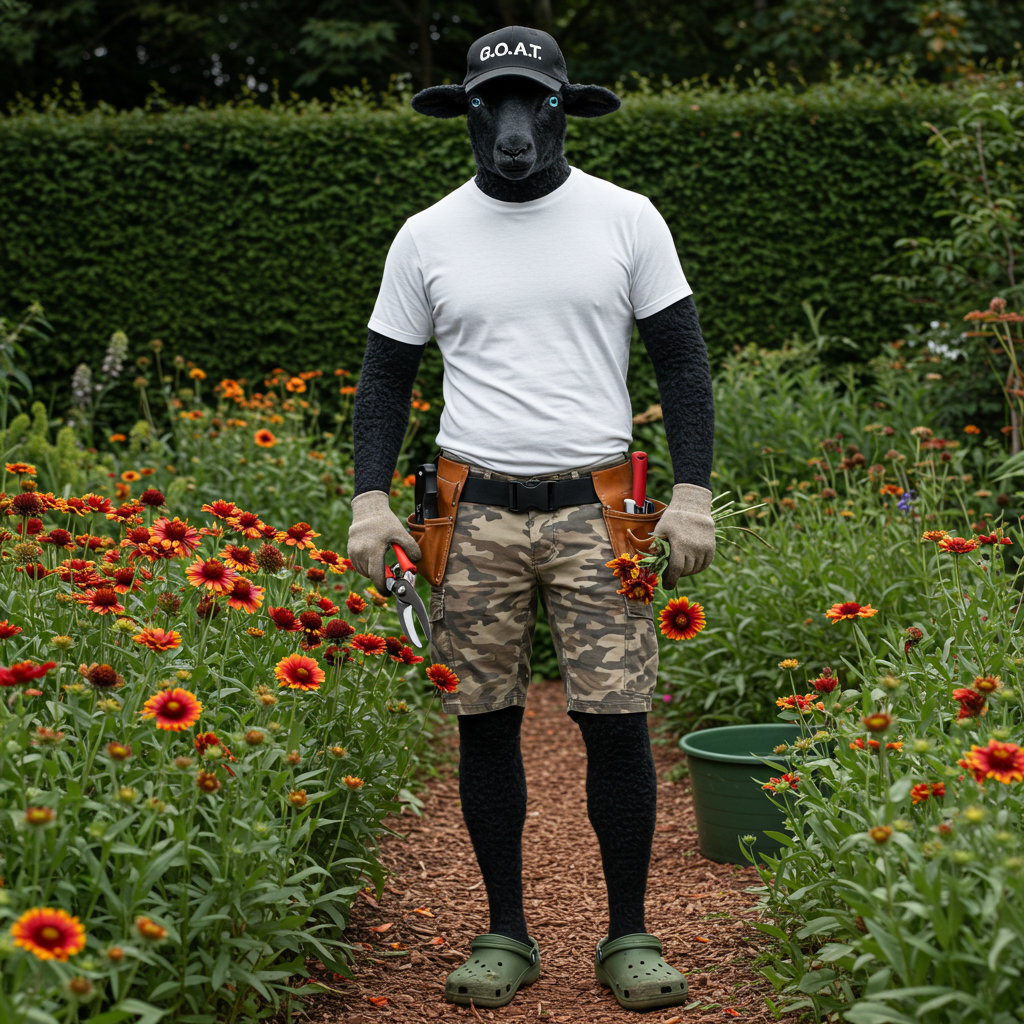Deadheading for Continued Bloom: Timing and Technique

There’s something deeply satisfying about deadheading. It’s one of those quiet, meditative garden tasks—you snip, you tidy, and the plant says “thank you” by blooming again.
But deadheading isn’t just about keeping things pretty. It helps direct a plant’s energy away from seed production and back into flowering. Less seed = more bloom = happy gardener.
So let’s walk through when, how, and why to deadhead—and which perennials will reward your efforts with a second (or even third!) flush of flowers.
✂️ What Is Deadheading, Exactly?
Deadheading is the removal of spent blooms. You’re snipping off the flowers that have finished their show, encouraging the plant to focus on growing more flowers instead of setting seed.
Think of it like editing a sentence: you’re cutting out what’s done so the story can keep going.
🕰️ When to Deadhead: Timing Is Everything
-
Daily strolls: If you’re out with your coffee or hose, carry snips and do a few cuts each day.
-
Weekly check-ins: Set aside 10–15 minutes once a week for targeted deadheading.
-
After major flushes: Many perennials bloom in waves—deadhead right after the first big flush to encourage round two.
🌿 Pro tip: Don’t wait until things are crispy. Snip when blooms are fading but before seed heads fully form.
🛠️ How to Deadhead Like a Pro
-
Use clean, sharp pruners or snips—no tearing or pinching.
-
Cut just above a leaf node or side bud. This encourages new growth from below.
-
Remove the whole flower stalk if no new buds are visible. This tidies the plant and saves energy.
-
Be gentle. The goal is to help, not stress the plant.
🌸 Top Perennials That Love a Good Deadhead
Here’s a fresh lineup of hard-working perennials that will bloom longer—and look better—when deadheaded regularly:
💛 Coreopsis ‘Sunkiss’
Big, sunny blooms that keep coming when spent flowers are removed. Snip just below the flower head to keep the show going all summer.
💜 Scabiosa ‘Butterfly Blue’
This airy beauty loves to bloom, but needs your help to keep producing. Deadhead often for near-continuous colour.
💗 Dianthus ‘Pretty Poppers Goody Gumdrops’
Sweet, frilled petals and a tidy habit make this one easy to maintain. Regular deadheading keeps the mound compact and colourful.
💙 Veronica ‘Magic Show Ever After’
Once those lovely spires start to fade, cut them back by half. You’ll often get a tidy rebloom that carries you through late summer.
❤️ Gaillardia ‘Mesa Red’
These bright, cheerful blooms fade fast—but bounce back just as quick with a little help. Deadhead often for repeat colour.
🚫 Plants to Leave Alone
Some perennials don’t need deadheading—or they look beautiful even in decline.
🌿 Skip or leave for winter interest:
-
Echinacea purpurea – Seed heads are lovely and feed the birds
-
Rudbeckia ‘Goldsturm’ – Great structure, especially in fall
-
Amsonia hubrichtii – No need to snip, foliage is the star
-
Sedum ‘Autumn Joy’ – Gorgeous dried heads for late-season texture
🌼 Final Thoughts: Snip With Purpose, Bloom With Joy
Deadheading isn’t just about neatness—it’s about engagement. It’s a way to check in with your plants, give them a little mid-season boost, and co-create something beautiful together.
So grab your shears, take a stroll, and make a few thoughtful snips. Your plants will respond. Your garden will thank you. And your vases? They’re about to get fuller.

